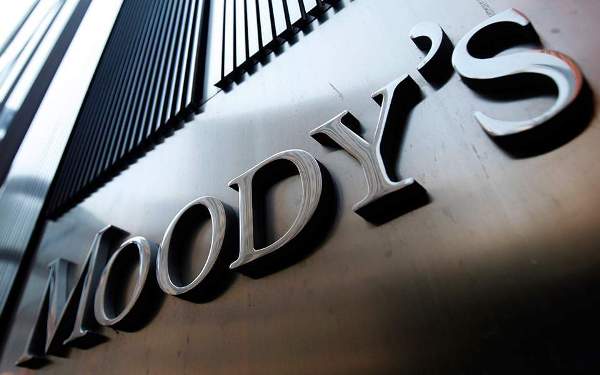Moody’s has said that it expects Pakistan’s Islamic banking assets to increase by 25 percent to 28 percent in the next five years.
In a report released on Tuesday, Moody’s said that Pakistan’s Islamic banking industry is growing rapidly with a combination of a predominantly Muslim population, still modest financial inclusion, and the commitment of the government and regulators as the key driving force.
“We expect growth in Islamic banking to continue to materially outpace conventional banking, reaching a market share of total assets and deposits of around 30% by end 2026, with net financing market share at around 33%. We estimate average growth over 2021-2026 to range between 25%-28% for total assets and deposits, and over 20% for net financings,” said Constantinos Krypreos, Moody’s Senior Vice President.
The report said that Islamic banking assets in Pakistan have grown by an average of 24% per annum over the past decade to Rs5,577 billion ($31.2 billion), accounting for around 19% of total banking assets, up from 8% in 2011. “We expect annual growth of over 25% over the next five years, pushing up the sector’s market share to around 30%,” it added.
A large Muslim population and still modest financial inclusion are key growth drivers. The country’s large population of over 210 million people is predominantly Muslim. Moreover, financial inclusion in the country is still modest, despite recent progress; according to the State Bank of Pakistan (SBP) approximately 62% of the country’s adult population have an account with a formal financial institution, against an average of 95% in high-income countries. The combination of these factors provides the bedrock for the industry’s development. Past studies have also identified an overwhelming demand for Islamic banking products, with religious considerations an integral part of the decision process.
The government and central bank are taking active measures to support the industry’s growth. The SBP’s five-year Strategic Plan for the Islamic banking industry sets out targets and identifies six areas of focus that will enable the industry to achieve them.
The regulator is also supporting the gradual adoption of the Accounting and Auditing Organization for Islamic Financial Institutions (AAOIFI) Shariah accounting standards, enhancing liquidity management tools, undertaking numerous awareness, and capacity building programs, and has issued instructions to improve Shariah non-compliance risk management, as per Moody’s report.
The Islamic banking industry in Pakistan comprises 22 Islamic banking institutions, consisting of five fully-fledged Islamic banks and 17 conventional banks that have Islamic banking branches. A total of 3,956 branches were operational in December 2021 with 1,442 additional Islamic banking windows (dedicated counters at conventional branches). In 2021, 500 branches were added, and Moody’s expects a similar number of new branches to be added annually over the next five years.
Increasing the use of digital and electronic channels will also support the industry’s growth. Given its growth potential and strong financial performance, Moody’s also foresees more banks applying for Islamic banking licenses and for conventional banks to convert to fully Islamic banks. Faysal Bank Limited, a mid-sized bank with a market share of around three percent is already in the process of converting from conventional banking to Islamic.
























